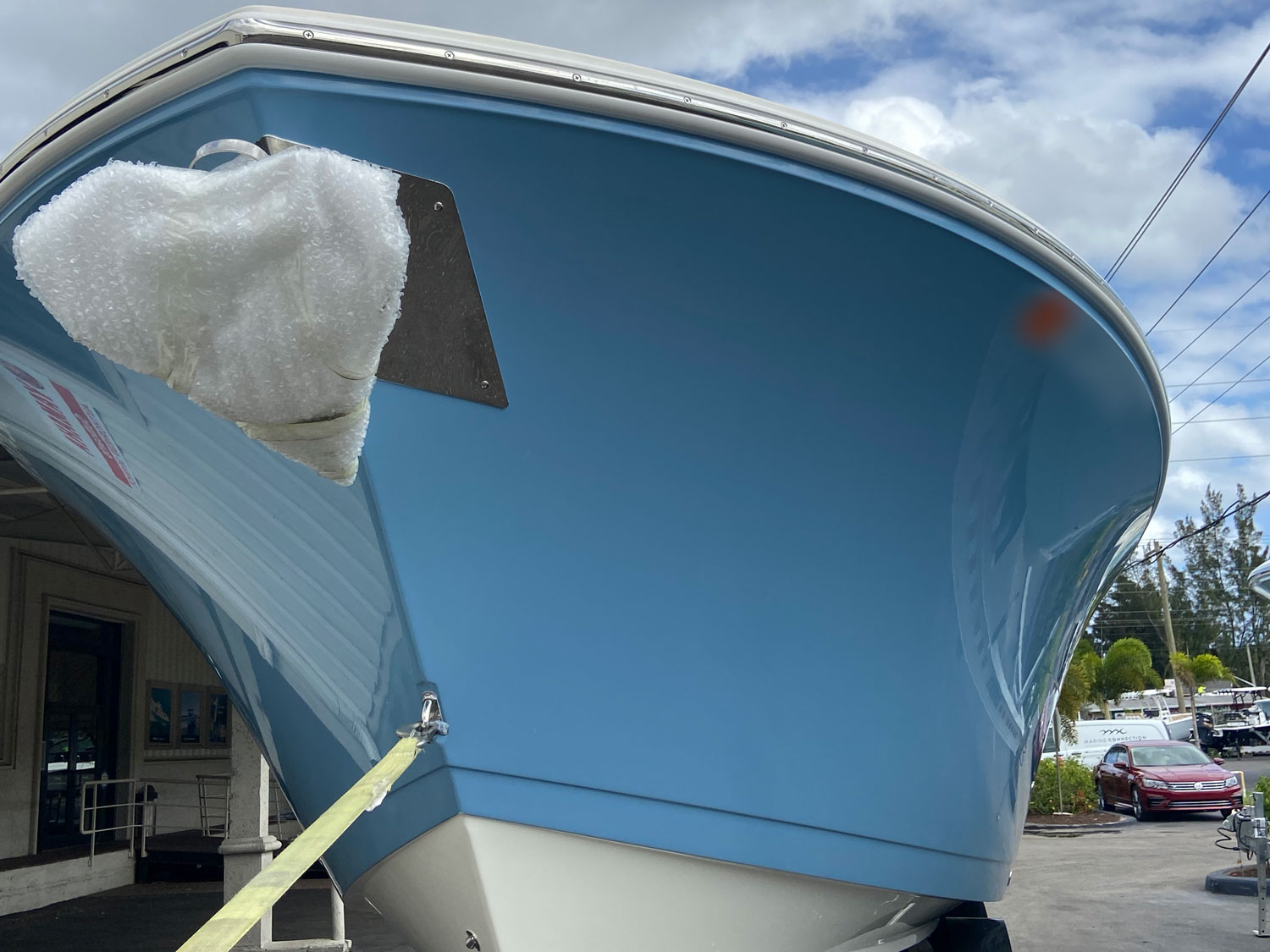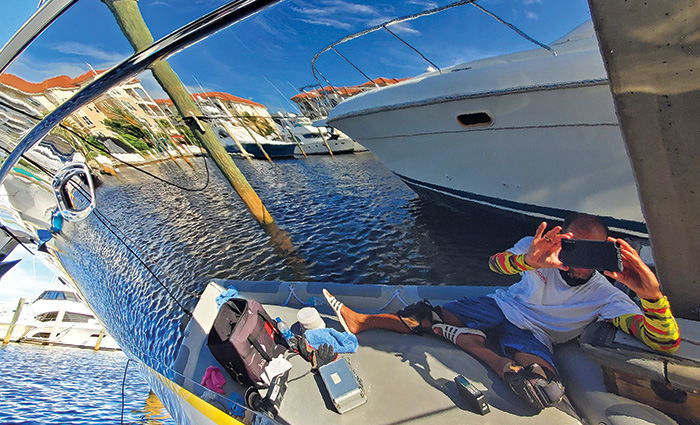Davinci Detail Boat & Car Ceramic Coating: The Ultimate Protection for Your Vehicles
Davinci Detail Boat & Car Ceramic Coating: The Ultimate Protection for Your Vehicles
Blog Article
The Ultimate Guide to Understanding Cars And Truck Ceramic Finish and Its Advantages
Vehicle ceramic finish has become a pivotal improvement in automotive treatment, supplying a durable protective layer that improves both aesthetics and longevity. Comprehending the scientific research behind this technology, specifically its composition and bonding systems, is crucial for any kind of automobile owner considering this investment. Past mere gloss, the benefits include practical upkeep and environmental management. Nevertheless, a detailed assessment discloses crucial considerations when determining in between do it yourself application and expert installation. What aspects should you weigh prior to making this choice? The effects may dramatically affect your option and the utmost defense of your car.
What Is Ceramic Layer?
Ceramic finishing is a liquid polymer put on the external surfaces of a lorry, supplying a sturdy protective layer that improves both appearance and long life. Made up mostly of silicon dioxide (SiO2), this advanced formula forms a chemical bond with the car's paint, creating a durable barrier versus ecological impurities.
Among the main advantages of ceramic coating is its capability to fend off water and dust, making maintenance substantially easier. The hydrophobic residential or commercial properties of the layer cause water to bead up and roll off, taking dirt and gunk with it. This not only maintains the vehicle cleaner for longer periods but additionally lowers the regularity of laundries needed.
Additionally, ceramic coverings offer substantial UV protection, avoiding oxidation and fading of the paint gradually. This feature is critical for keeping the car's aesthetic appeal and resale value. Ceramic finishes can secure versus small scratches and swirl marks, providing a degree of protection that traditional waxes and sealants can not match.
How Ceramic Layer Works

Upon curing, which can take a number of hours to days relying on the item, the finishing hardens into a flexible, glass-like layer. This layer provides an impermeable obstacle against contaminants such as dirt, gunk, and toxic wastes - Davinci Detail Boat & Car Ceramic Coating. Furthermore, the ceramic covering's hydrophobic homes allow water to grain and roll off the surface, minimizing the accumulation of dust and making cleansing considerably simpler

Advantages of Ceramic Finish
The application of ceramic coatings provides countless advantages that prolong beyond simple looks. One of one of the most you could try this out substantial advantages is enhanced security versus ecological pollutants. Ceramic coatings create a hydrophobic surface area, driving away water, gunk, and dust, which makes the lorry easier to clean and maintain. This safety obstacle also guards the paint from unsafe UV rays, protecting against oxidation and fading gradually.
Furthermore, ceramic coverings are immune to chemicals and oxidation, guarding the car from tree sap, bird droppings, and other harsh compounds. This resistance helps maintain the integrity of the lorry's coating, eventually extending its life expectancy and resale worth.
Moreover, ceramic coverings give a glossy look that enhances the auto's general appearance, offering it a showroom-quality luster. The long life of these coverings, frequently lasting a number of years with proper upkeep, likewise supplies a cost-efficient solution contrasted to standard waxing or sealers.
Finally, the ease of cleaning surfaces treated with ceramic coatings substantially reduces the moment and initiative invested in vehicle upkeep. With these benefits, ceramic layers have actually come to be a popular choice for car enthusiasts and daily vehicle drivers alike.
DIY vs. Professional Application
Picking between Do it yourself and specialist application for ceramic layers entails evaluating numerous elements, including ability level, time commitment, and wanted outcomes. It calls for a complete understanding of the application process, consisting of surface preparation, item choice, and treating times.
On the various other hand, specialist application guarantees a top quality finish and durability. Experts have Get More Info the experience and specialized devices necessary to prepare the lorry and apply the finish properly. They can additionally determine and attend to surface imperfections that may affect the covering's efficiency, which an inexperienced eye might ignore.
Furthermore, the time commitment for a DIY project can be substantial, as correct application is labor-intensive and needs persistence to achieve optimum results. On the other hand, a specialist service usually completes the job more efficiently, permitting you to appreciate the advantages of ceramic finish quicker. Inevitably, the decision must straighten with your comfort degree, spending plan, and the relevance you put on achieving a flawless finish.
Maintenance Tips for Ceramic Layer
Proper upkeep of ceramic layer is vital to protect its protective qualities and visual allure. Prevent automated car washes with severe brushes that can break down the finishing over time.
After cleaning, it is a good idea to dry out the automobile with a tidy microfiber towel to avoid water areas. In addition, take into consideration carrying out an upkeep clean every few weeks, depending upon ecological conditions, to eliminate content contaminants like dirt, bird droppings, and tree sap that can bond to the surface.
Using a ceramic coating-specific booster or spray sealer can enhance the coating's hydrophobic buildings and keep its gloss. It is additionally crucial to avoid utilizing rough cleansers or waxes that may compromise the layer's efficiency.
Finally, perform regular evaluations for any indications of degradation or damages. An expert detailer can evaluate the scenario and advise suitable restorative steps if the covering shows indicators of wear. Following these upkeep tips will certainly guarantee your ceramic layer remains effective and maintains your vehicle looking excellent.

Verdict
In verdict, auto ceramic coating offers as an innovative safety remedy for automobile outsides, using substantial benefits such as improved longevity, resistance to environmental impurities, and simplified maintenance. Eventually, ceramic covering provides a beneficial investment in protecting the architectural and visual stability of vehicles over time.
A ceramic finish works by making use of an intricate chemical procedure that entails bonding with the car's paint at a molecular level. Ceramic coverings create a hydrophobic surface area, driving away water, grime, and dust, which makes the automobile easier to cleanse and keep. Following these upkeep tips will guarantee your ceramic layer remains efficient and keeps your car looking excellent.
In conclusion, automobile ceramic covering serves as a sophisticated safety service for vehicle outsides, using substantial advantages such as enhanced durability, resistance to ecological impurities, and streamlined maintenance. Eventually, ceramic covering supplies an important investment in protecting the aesthetic and structural stability of lorries over time.
Report this page